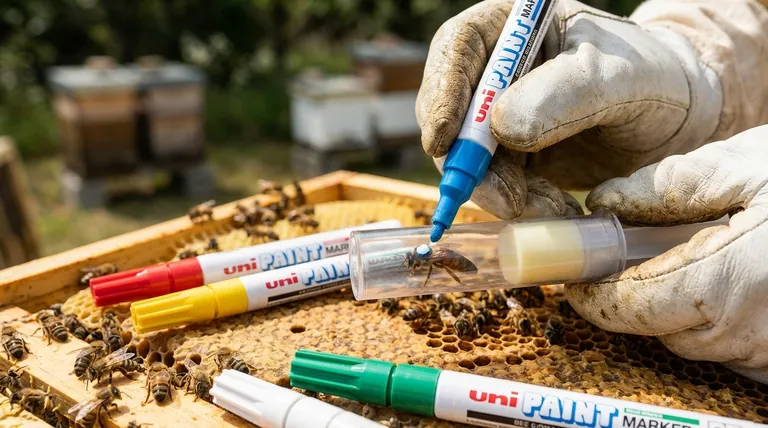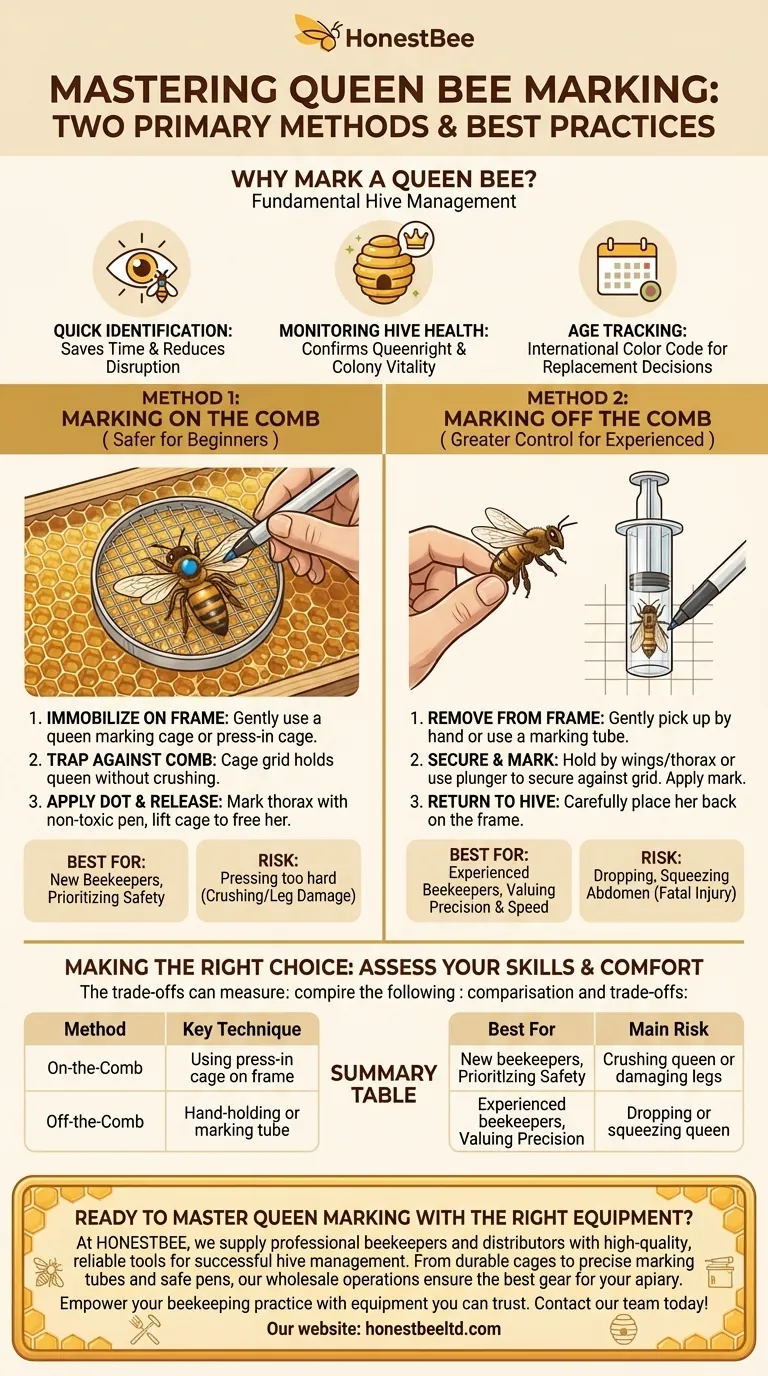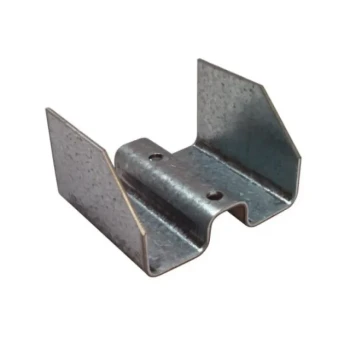In short, the two primary methods for marking a queen bee are either directly on the comb as she moves or by carefully picking her up to apply the mark. The first method prioritizes keeping the queen in her natural environment, while the second offers greater control over the process but requires more confidence from the beekeeper.
Choosing the right marking method is less about a single "best" technique and more about matching the beekeeper's skill level to the approach that minimizes stress and risk to the queen.

Why Mark a Queen Bee?
Before detailing the methods, it's essential to understand the purpose. Marking a queen is a fundamental management practice that provides immediate, valuable information about your colony.
Quick Identification
A marked queen is incredibly easy to spot among thousands of worker bees during a hive inspection. This saves significant time and reduces the disruption caused by prolonged searches.
Monitoring Hive Health
Finding your queen confirms the hive is "queenright" and not at risk of collapse. Her presence and laying pattern are the most critical indicators of a colony's vitality.
Age Tracking
Beekeepers use an international color code for the mark, which changes each year. This allows you to know the queen's age at a glance, helping you decide when she might need to be replaced.
Method 1: Marking on the Comb
This approach involves immobilizing the queen on the surface of a frame without removing her from it. It is generally considered the safer option for less experienced beekeepers.
The Technique
The most common way to do this is with a queen marking cage or a press-in cage. This is a small cage with an open bottom that you gently press over the queen, trapping her against the comb.
The grid on the cage is large enough for you to apply a small dot of paint to her thorax (the middle section of her body) with a marking pen. Once the paint is applied, you lift the cage and allow her to walk away.
Method 2: Marking Off the Comb
This method involves removing the queen from the frame to mark her. It requires a steady hand and more confidence but can offer greater precision.
Holding the Queen by Hand
Experienced beekeepers often gently pick up the queen by her wings or thorax between their thumb and forefinger. This gives complete control but carries the highest risk if done incorrectly. You then apply the paint and carefully place her back on the frame.
Using a Marking Tube
A popular tool is the queen marking tube. This is a clear cylinder with a soft foam plunger. You place the open end over the queen to capture her, then gently push the plunger up until she is held softly against a plastic grid at the top, allowing you to apply the mark.
Understanding the Trade-offs
Neither method is perfect, and each comes with its own set of considerations. Your primary goal is always the safety of the queen.
Risk of Injury
With the on-the-comb method, the main risk is pressing the cage down too hard, potentially crushing the queen or damaging her legs.
With the off-the-comb method, the risks include dropping the queen, squeezing her abdomen (which can cause fatal injury), or damaging her wings or legs when picking her up.
Beekeeper Confidence
Your comfort level is the most critical factor. New beekeepers almost universally find the on-the-comb method with a press-in cage to be less stressful for both themselves and the bee. Handling the queen directly is a skill that develops over time.
Necessary Equipment
Regardless of the method, you will need a high-quality, non-toxic, water-based paint pen. Before you begin, always prime the pen on a separate surface like cardboard to ensure a smooth, consistent flow of paint. A small, quick dot is all that is needed.
Making the Right Choice for Your Hive
Your decision should be based on an honest assessment of your own skills and comfort level.
- If you are a new beekeeper or prioritize safety above all: Use the on-the-comb method with a dedicated queen marking cage.
- If you are an experienced beekeeper and value speed and precision: Use the off-the-comb method, either by hand or with a marking tube, depending on your preference.
Ultimately, a successfully marked queen empowers you with the knowledge to be a better, more effective beekeeper.
Summary Table:
| Method | Key Technique | Best For | Main Risk |
|---|---|---|---|
| On-the-Comb | Using a press-in cage on the frame | New beekeepers, prioritizing safety | Crushing the queen or damaging legs |
| Off-the-Comb | Hand-holding or using a marking tube | Experienced beekeepers, valuing precision | Dropping or squeezing the queen |
Ready to master queen marking with the right equipment?
At HONESTBEE, we supply professional beekeepers and equipment distributors with the high-quality, reliable tools needed for successful hive management. Whether you need durable queen marking cages, precise marking tubes, or safe, non-toxic paint pens, our wholesale-focused operations ensure you get the best gear for your apiary.
Empower your beekeeping practice with equipment you can trust. Contact our team today to discuss your wholesale supply needs!
Visual Guide

Related Products
- Queen Bee Marking Pen UNI Medium Point for Queen and Bee Marking
- Professional Engraved Round Hive Number Tags for Beekeeping
- Jenter Queen Rearing Kit Complete Set for Bee Breeding
- Nicot Queen Rearing Kit for Beekeeping and Grafting in Nicot System
- Retractable Chinese Queen Rearing Grafting Tools Equipment
People Also Ask
- Why is marking a Queen bee important for beekeepers? Elevate Your Apiary Management
- What type of markers are commonly used for marking Queen bees? Choose the Safe, Non-Toxic Standard
- What is the purpose of a queen marking pen in beekeeping? Essential for Efficient Hive Management
- How should a Posca pen be prepared for queen marking? Ensure a Safe, Precise Mark Every Time
- What are the characteristics of Posca pens for marking queens? A Safe, Durable Solution for Hive Management



















